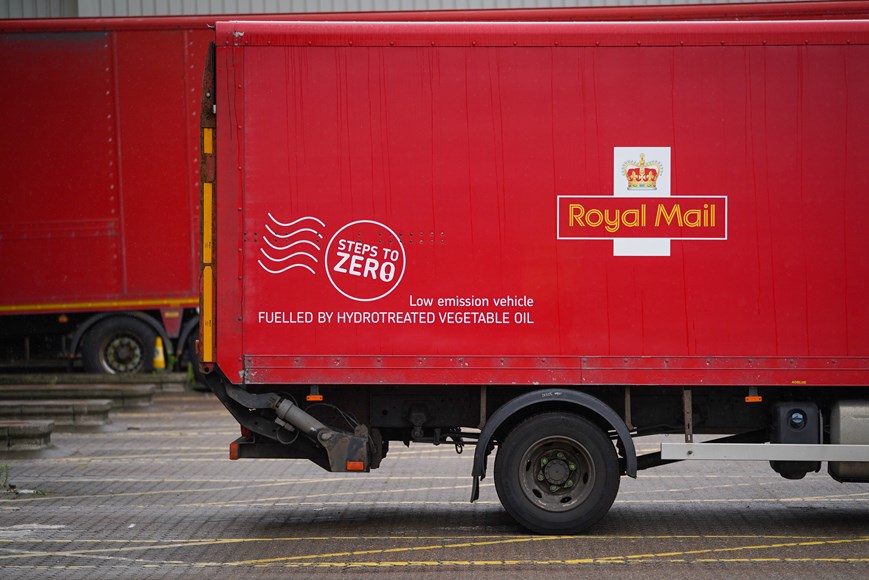Royal Mail has hit its first milestone in its Hydrotreated Vegetable Oil (HVO) rollout to fuel its heavy goods vehicle (HGV) fleet, using over 10 million litres and saving over 30,000 tonnes of carbon dioxide equivalent.
HVO is a renewable alternative to diesel that reduces up to 90% of direct greenhouse gas emissions compared to diesel. It was first introduced by Royal Mail in June 2023 as part of the company’s efforts to reduce carbon emissions from its vehicle fleet.
HVO is now being used at six of Royal Mail’s largest sites, including parcel hubs in Daventry and Warrington and key sites in the East Midlands, Manchester, Sheffield, and Warrington. By this time next year, the company aims to deploy 27 million litres of HVO annually across its network, saving a further 44,000 tonnes of carbon dioxide.
Royal Mail’s ‘Steps to Zero’ environment strategy sets a goal of achieving Net-Zero by 2040 and a 50% reduction in Scope 1 and 2 emissions by 2030. The company already has the lowest emissions per parcel of any courier, at 218gCO2e, and aims to maintain this position in the long term.
Zebrina Hanly, Royal Mail’s Head of Environment, said: ‘It’s of critical importance to our customers that we do everything we can to reduce our emissions as soon as possible. Electric and hydrogen options for HGVs are still in their infancy, so whilst the technology and infrastructure are developing, our strategy is to keep emissions to a minimum by using HVO as a transitional fuel.’
Royal Mail has also introduced 5,000 electric vans as part of the decarbonisation of its fleet.




